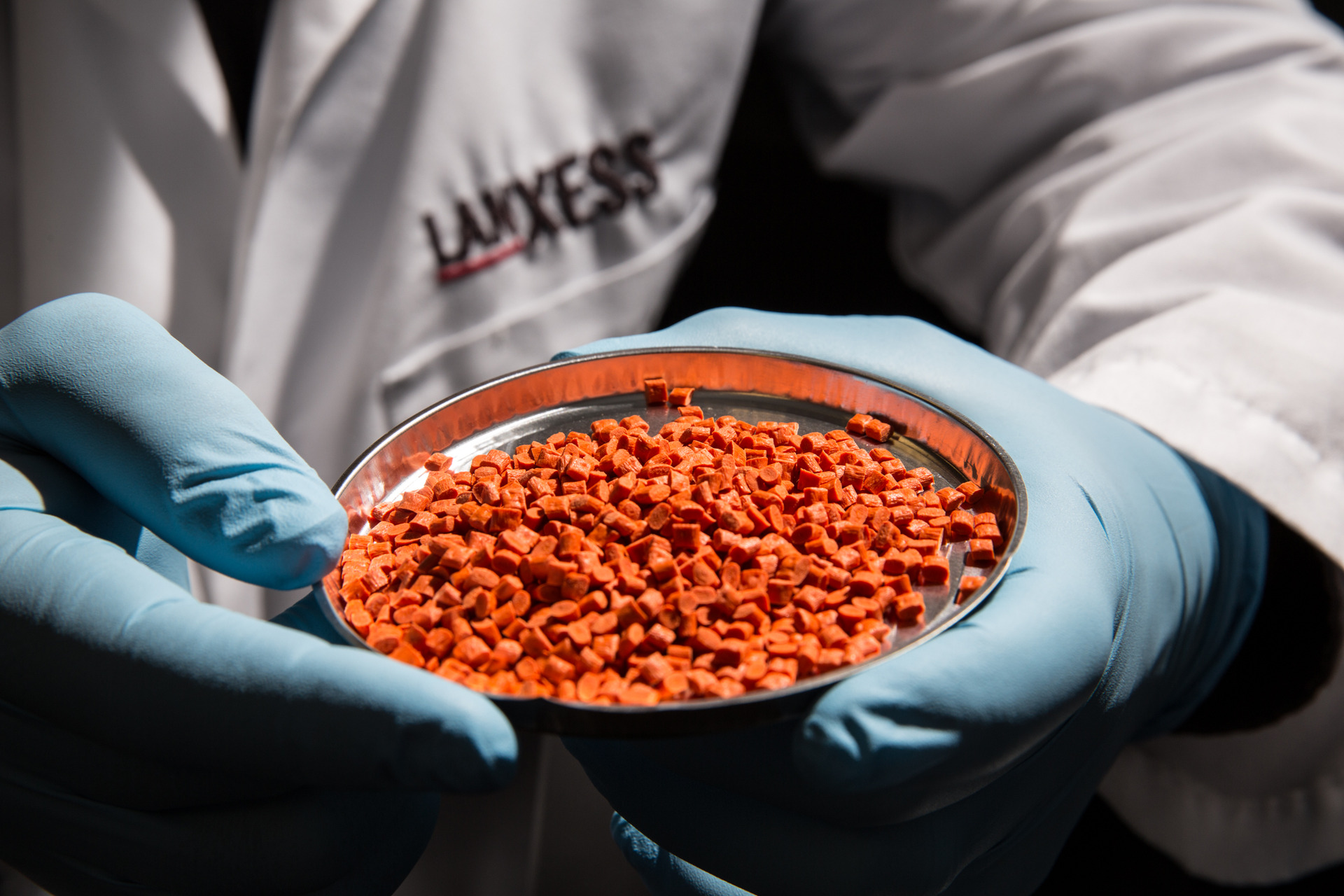
Product Safety Assessment Strategy
You can take also a look at the latest product safety ratings here.
Our strategy is to review all LANXESS products, including R & D products, intermediates and commercial products, for risk characterization (hazard x exposure). Using this strategy, we target hazards and use scenarios for additional risk characterization and risk management resources for those products with the highest risk.
I. Leadership
A cross-functional team consisting of representatives from the business groups, Product Safety and Regulatory Affairs (PSRA), Environmental Control, Communications and Law and IP under the leadership of the Manager of PSRA, will meet periodically to assess progress against goals, address resource needs and support opportunities for leveraging and efficiencies.
II. Evaluation
The purpose of the evaluation process is to screen the inventory of products and set priorities for developing, reviewing and updating the risk characterization and risk management plans as part of our product stewardship efforts. The process utilizes corporate chemical information databases, public (Government and NGO) priority lists and established models (e.g. modeling programs such as the PBT Profiler) to rank chemicals. Product(s)/product lines can be grouped/categorized whenever possible, with consideration given to hazard and exposure/use scenarios.
1. Hazard/toxicity: The "Hazard Evaluation Priority Guidance" should be followed to prioritize chemicals for hazard, including acute and chronic mammalian and aquatic toxicity and physical hazards. Public availability of the hazard data (e.g. HPV/ICCA chemicals) should be considered. Significant gaps or absence of hazard information should be reviewed. The following should be evaluated for initial prioritization:
- DOT regulated product
- Possible carcinogens
- Possible reproductive toxins
- Possible PBTs
- New commercial products which involve new-to-company chemical technology
- New information (hazard, application, or exposure data) which becomes available
2. Exposure: Following the "Exposure Evaluation Priority Guidance" for potential exposures/applications of concern to prioritize chemicals, the following should be considered for initial prioritization:
- High production volume (e.g. HPV/ICCA sponsored) chemicals
- Information from LANXESS’ TSCA Inventory Update Rule (IUR) [e.g. CAS numbers listed at greater than the threshold of 300,000 lbs.]
- Applications of concern from product knowledge (e.g. consumer application, spray application)
- New commercial products which involve new-to-company chemical technology
- New information (hazard, application, or exposure data) which becomes available
3. Public perception: High-profile public lists should be reviewed and chemicals should be ranked according to their presence on one or multiple lists and the expected timing of list-related activities (e.g. World Wildlife Fund list of endocrine disruptors). Media articles and programs should be reviewed for public concern issues (e.g. newspaper articles, TV programs). The public concern evaluation may increase (but not reduce) the level of risk management implementation for a given product.
III. Prioritization
Prioritization will initially consider the following:
- Hazard (e.g. DOT classification)
- HPV status
- IUR list
- Exposure scenario(s)
- Public perception
The process will start with the products of highest priority based on hazard/toxicity, exposure and public perception information. The business groups may provide information, such as on use/application, for priority setting.
Once the initial tier of chemicals has been reviewed and characterized, and action plans have been developed and implemented, the prioritization process will be updated to identify the next set of chemicals or products for risk characterization.
IV. Risk Characterization/Risk Management
The purpose of the risk characterization screening process is to integrate hazard (toxicity) and exposure information at a screening level using conservative assumptions for known and foreseeable uses of the chemical or product. The intent is to identify the uses that present the highest potential for human exposure and environmental impacts across the value chain. These include exposures to workers, manufacturing plant communities, customers and consumers, and impacts related to environmental releases and waste disposal.
Completed risk characterizations will be reviewed and, if deemed necessary, will be presented to the multi-functional team, and summaries of the risk characterizations will be written and reviewed by the business unit, Communications and Law and IP. As part of our risk characterization procedure, LANXESS will determine if any risk management action(s) is necessary.
Additional risk management activities may include but are not limited to the following:
- Obtaining additional hazard and exposure information to conduct a more refined risk characterization
- Putting additional controls or personal protective equipment (PPE) in place to limit exposures
- Restricting or eliminating certain uses of the chemical/product
- Providing safe handling and use presentations to internal and external customers
- Developing a detailed safe handling and use brochure
- Implementing other product stewardship activities
Risk management activities should be prioritized based on the level of risk. Chemicals and their uses should be screened for hazard and exposure potential, the possible risks characterized, and then prioritized based on those risks. Prioritization should be given to the highest risks. Our strategy is to review all LANXESS products, including R & D products, intermediates and commercial products, for risk characterization (hazard x exposure). Using this strategy, we target hazards and use scenarios for additional risk characterization and risk management resources for those products with the highest risk.
